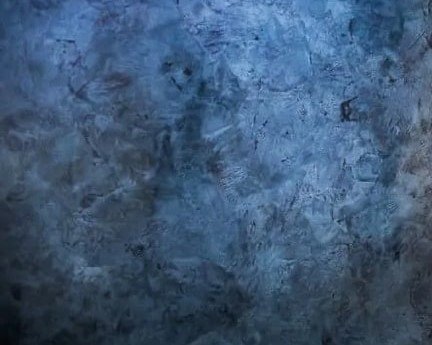
Microcement
Microcement is a mixture of cement and polymers that create a super hard but incredibly thin protective coating. It was created in Britain in the early part of the last century but first used commercially as a protection against corrosion in the shipbuilding industry. Since then, synthetic polymers were added and it’s uses have evolved from decorative flooring to a wide range of applications today on walls, shower areas, kitchen sinks, work tops and even furniture. Acrylics can be added to create a variety of colours and once the final varnish coats are added, it becomes fully waterproofed and has excellent germ and UV resistance for use in outside spaces, wet areas and swimming pools.

Tadelakt
Tadelakt has been in use for nearly a thousand years in North Africa. Originally from the Marrakesh region of Morocco, it is composed of lime plaster and occasionally marble dust, which after a precise application of three or more tadelakt coats, then a repeated brush of natural, olive based soap solution, makes the area water repellent for use in bathrooms and showers. It can be highly polished to give a glossy, marble effect and coloured with natural materials to give striking finishes. The word ‘Tadelakt’ comes from the Arabic to ‘knead’ or ‘rub’ and it is primarily used when a timeless, more organic affect is desired.
